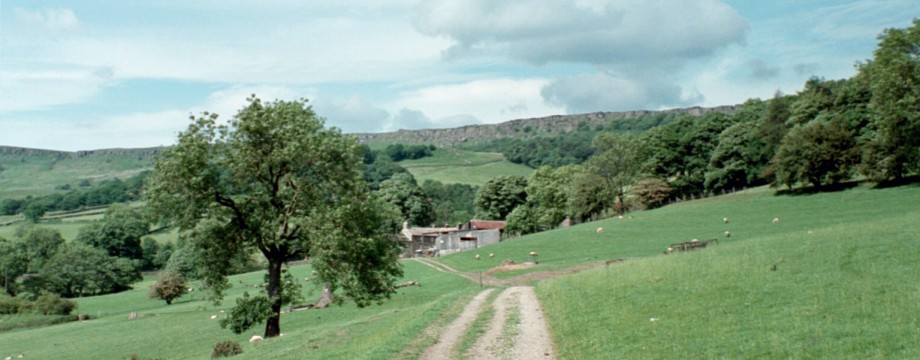Basil, a slave in first-century Antioch, follows a path from poverty to artisan (with many steps in between) in Thomas B. Costain’s novel, The Silver Chalice. Along the way we see the nascence of Christianity as readers meet Luke, Joseph of Arimathea, Peter, Paul, and many fictional characters who are following this new faith based on the life, teachings, and death/resurrection this rabbi now called the Christ. Followers risk their lives, seek to define their beliefs, argue with one another, and encourage. There is great work being done. The preaching of John, the service of Peter, and the gathering of stories by Luke.
However, a simple, silver cup becomes the means by which Basil, and the readers, are drawn into this community that was first named Christian at Antioch (Acts 11: 26). Leaders of this young church wanted to create a chalice in which to keep their most precious relic, the cup Jesus used at his last Passover with the disciples. Luke is drawn to this young young silversmith for the job after seeing his extraordinary work. With his freedom purchased, Basil is taken to the home of Joseph of Arimathea and begins the task of recreating the faces of those who had been present at that last supper. Since the disciples are aging and in danger of death from persecution, time is short for Basil to see those still alive so he can reveal the lives behind the faces.
He puts extreme effort into designing and creating this object. In order to gain a deeper sense of the meaning of the chalice, he attends hidden worship services, travels to Ephesus and Rome, learns the network of Christians, runs from Roman soldiers, and hides in cramped spaces. The work itself draws people to be involved. Christians in this growing community know the importance of the cup from which the disciples first drank Jesus‘ ‘blood shed for them’. It’s a physical remembrance of faith to which they can hold.
Once the chalice is complete, and Basil is at home with his wife Deborra, the word goes out and Christians come to see it. Then, one night, it’s stolen. Will this be the end of the faith for those involve? Of Basil whose work is now gone? Of Deborra whose grandfather, Joseph of Arimathea, is no longer around? What more do they have left that builds a bridge to Jesus?
Yet, it’s through the process of creating this chalice that Basil’s faith grows and flourishes, not in worshipping the final object. In fact, the theft emphasizes that Christianity can not be contained in any one, man-made item. The work of honoring this new faith doesn’t point to the workers. Instead the work is a means of God to draw people to him. Similarly the teaching of Paul, the writing of Luke, and the service of Peter are also not ends in themselves, but means to draw others into relationship with God through the forgiveness Jesus offers.
Throughout this narrative we meet many people who have given up their world or had it taken from them because of these new and threatening beliefs. No longer are they clasping to this life, but letting go. Ultimately, the story is not about the chalice, but the One who had held it.

